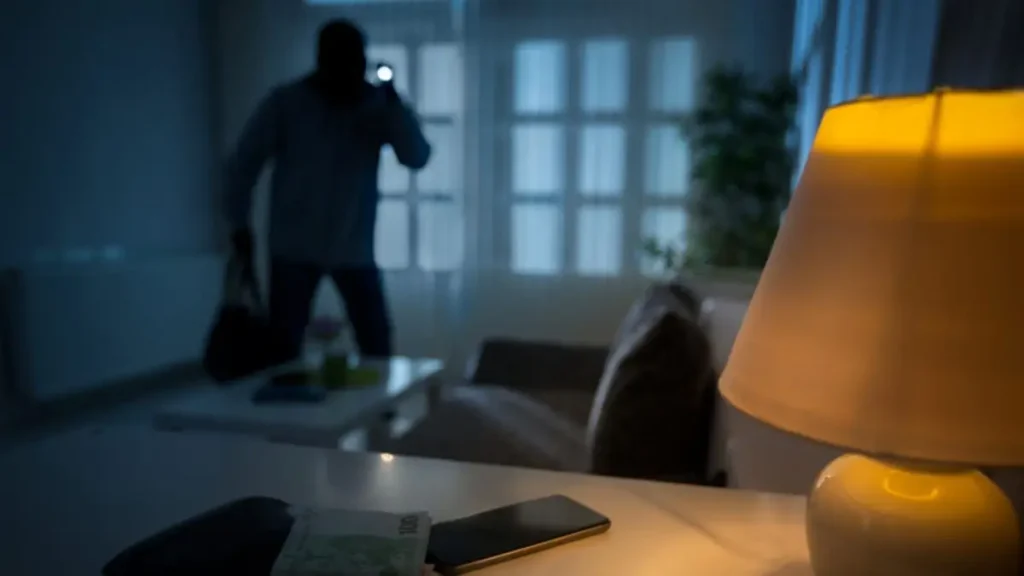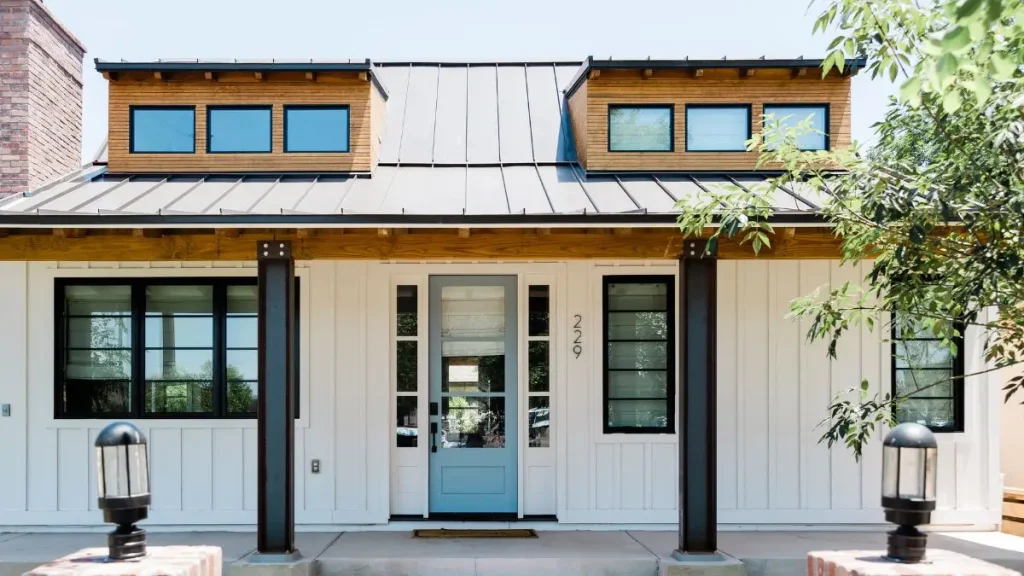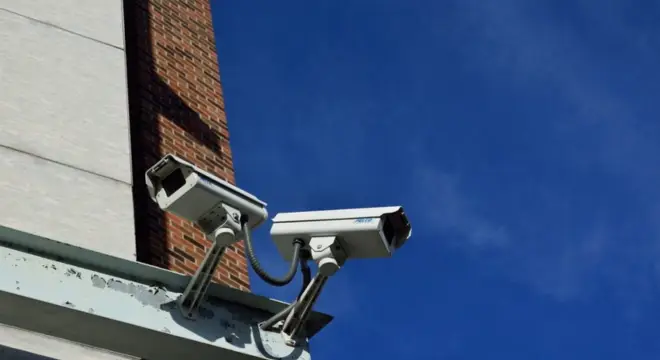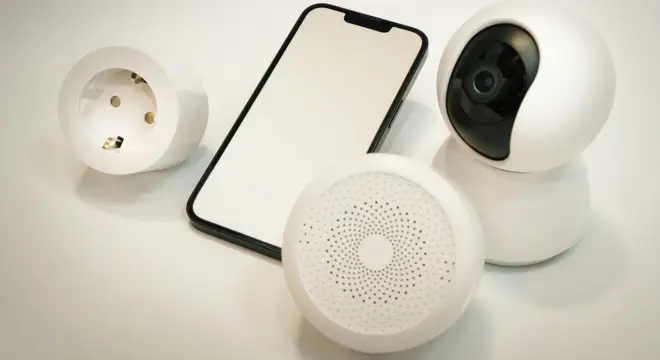Woman Loses Life in Home Invasion – Homeowners Urged to Take These Security Steps
A tragic incident in the U.S. has left a family shattered and raised serious questions about home security. A young woman was shot and killed during what police believe was a suspected home invasion. Her father, devastated and grieving, shared a public tribute that struck a chord across social media.
While the emotional loss is unimaginable, such events are becoming alarmingly common—and they highlight a chilling truth: your home may not be as safe as you think.
This article isn’t just about reporting a tragedy—it’s about learning from it. Could the right security steps have made a difference? And what can you do right now to protect your home and family?
The Incident That Shook a Family — A Wake-Up Call for All Homeowners
The heartbreaking event unfolded when a young woman was fatally shot during what authorities are calling a targeted home invasion. According to a report by PEOPLE, the victim was inside her home when the assailant entered. Her father later broke down in an emotional tribute, sharing memories and voicing the pain of losing a child so suddenly.
What makes this story even more terrifying is how ordinary it seemed until it wasn’t. This wasn’t a high-risk neighborhood. There were no immediate warning signs. And yet—one moment changed everything.
For homeowners everywhere, this isn’t just a crime report—it’s a wake-up call.
Why Home Invasions Are on the Rise

Home invasions aren’t just a problem in crime-prone neighborhoods anymore—they’re happening across suburbs, small towns, and even gated communities.
According to law enforcement trends, break-ins are increasingly targeted, meaning criminals often observe the victim’s routines or vulnerabilities before striking. Whether it’s a visible lack of security, predictable schedules, or poorly lit surroundings, invaders often exploit small oversights.
The most common contributing factors to rising home invasions include:
- No visible security system or alarm signage
- Unsecured entry points (doors, windows, garage access)
- Lack of neighborhood vigilance
- Absence of surveillance or lighting at night
And the scariest part? Many of these attacks happen while people are home—turning theft into life-threatening encounters.
What Went Wrong – Learning from This Tragedy
It’s impossible to say whether this particular tragedy could have been prevented—but looking at common patterns in home invasions, certain vulnerabilities often stand out.
In many cases like this, the following security gaps are usually present:
- No visible or functioning alarm system – Criminals often check for alarm stickers or security company signs. If they don’t see any, it’s an easy target.
- Weak entry points – Older doors, broken locks, or unsecured windows can be breached in seconds.
- No surveillance cameras – Without visible cameras, intruders feel less risk of being identified.
- Poor lighting outside the home – Darkness gives criminals cover. A poorly lit exterior can make it easier for someone to approach unnoticed.
- Predictable routines – When a person’s habits are obvious (leaving/returning at the same time daily), it gives criminals the chance to plan their timing.
In this incident, even if the target was personal, it shows how critical it is to treat every home as potentially vulnerable. Many homeowners rely too much on “safe” neighborhoods or assume “it won’t happen to me.” But crime doesn’t follow assumptions—it follows opportunity.
Celebrity incidents remind us that no one is immune to security threats — just look at how Jennifer Aniston faced an unsettling home security breach.
Simple Yet Powerful Ways to Secure Your Home

You don’t need to spend a fortune to build a safer home. In fact, some of the most effective upgrades are affordable and fast to implement. Based on what often goes wrong in home invasion cases, here are steps every homeowner should consider:
- Install a Monitored Alarm System: Go beyond noise — invest in a system that notifies emergency responders immediately. Companies like ADT, SimpliSafe, and Ring offer reliable packages that can be customized.
- Use Smart Cameras with Remote Access: Indoor and outdoor cameras that connect to your smartphone give you real-time updates and footage. Many come with motion alerts and two-way talk to deter suspicious behavior.
- Reinforce Doors and Windows: Use deadbolts, window locks, and door armor kits. A solid steel or wooden core door is much harder to kick in than a hollow one.
- Install Motion-Activated Outdoor Lighting: Bright lights that activate when movement is detected can scare off potential intruders before they get close to your home.
- Avoid Predictable Routines: Change your departure and arrival times when possible. Avoid posting your travel plans publicly on social media.
- Get to Know Your Neighbors: A tight-knit neighborhood that watches out for each other is one of the most effective deterrents. Even basic apps like Nextdoor can help stay alert.
These aren’t just recommendations—they’re life-saving habits.
A Personal Responsibility – Don’t Wait for Something to Happen
There’s a hard truth many people don’t like to hear: if your home isn’t actively protected, it’s vulnerable. Most people think of home security as a luxury—something you only worry about after a close call or a break-in on the news. But by then, it’s often too late.
The responsibility to secure your home isn’t just about protecting things—it’s about protecting lives. A few basic steps could mean the difference between safety and tragedy.
Even if you feel like your home is in a “safe area,” that safety can vanish in seconds. Criminals don’t always target homes based on ZIP codes—they look for ease of access, poor lighting, or homes that seem empty.
Don’t wait for fear to force you into action. Be proactive today, and you’ll sleep better knowing you’ve done everything you can to protect your family.
Conclusion
What happened to that young woman is heartbreaking, and no level of preparation can undo such a loss. But we can honor stories like hers by learning from them—and making sure we do everything possible to protect our own homes.
It starts with awareness.
Then action.
Then habit.
Your home should be the safest place in the world for you and your loved ones. Don’t wait until tragedy hits close to home to take it seriously.
Looking for expert-backed ways to make your home safer without overspending? Visit our website for simple, effective home security guides that anyone can follow.
Disclaimer: This article is intended for informational and educational purposes only. It discusses a real-life incident based on publicly available news reports and aims to raise awareness about home security. We do not claim insider knowledge about the case and are not affiliated with any individuals involved. The security recommendations provided are general in nature and may not apply to all situations. For personalized advice, consult with a certified home security professional.


